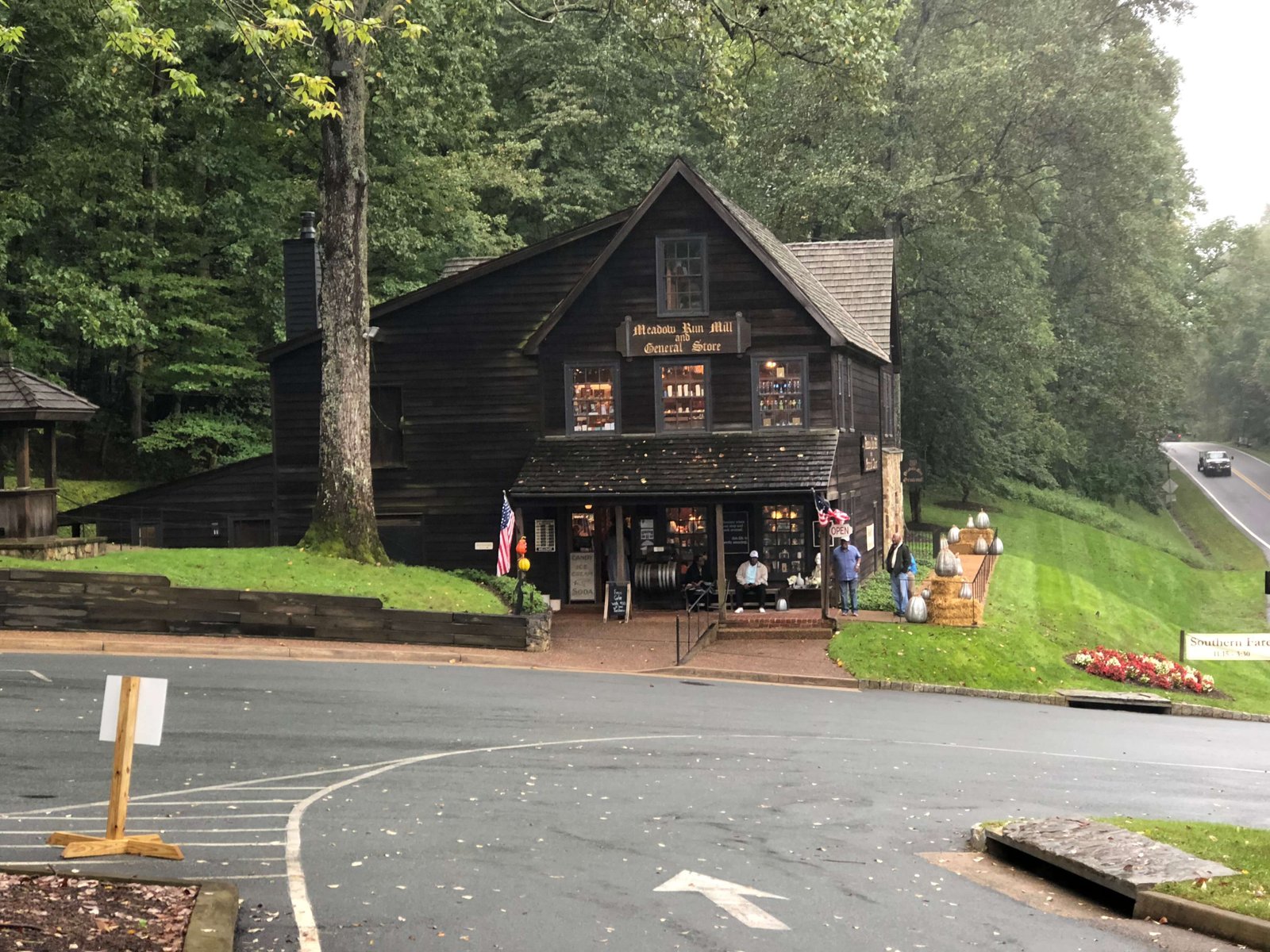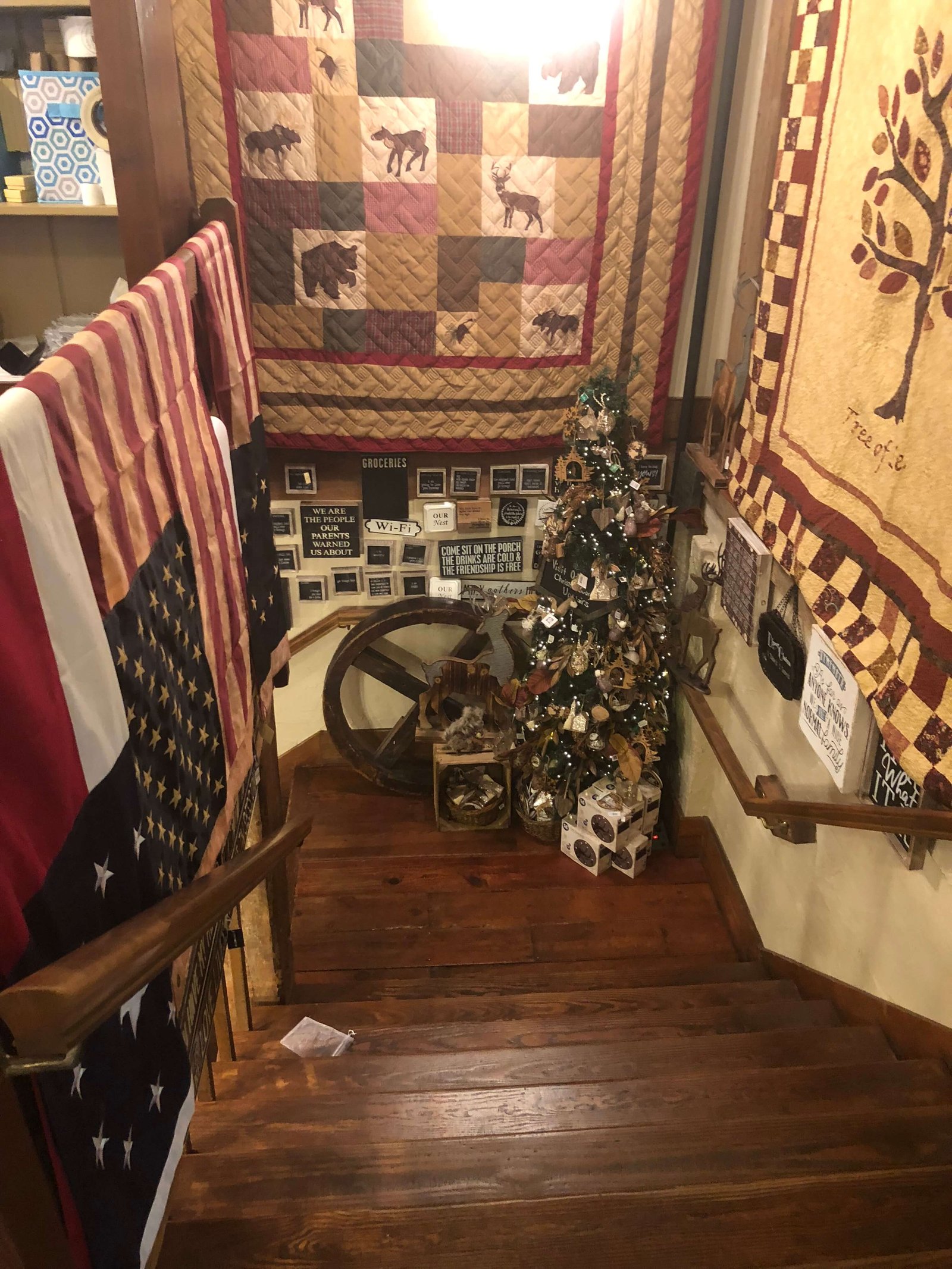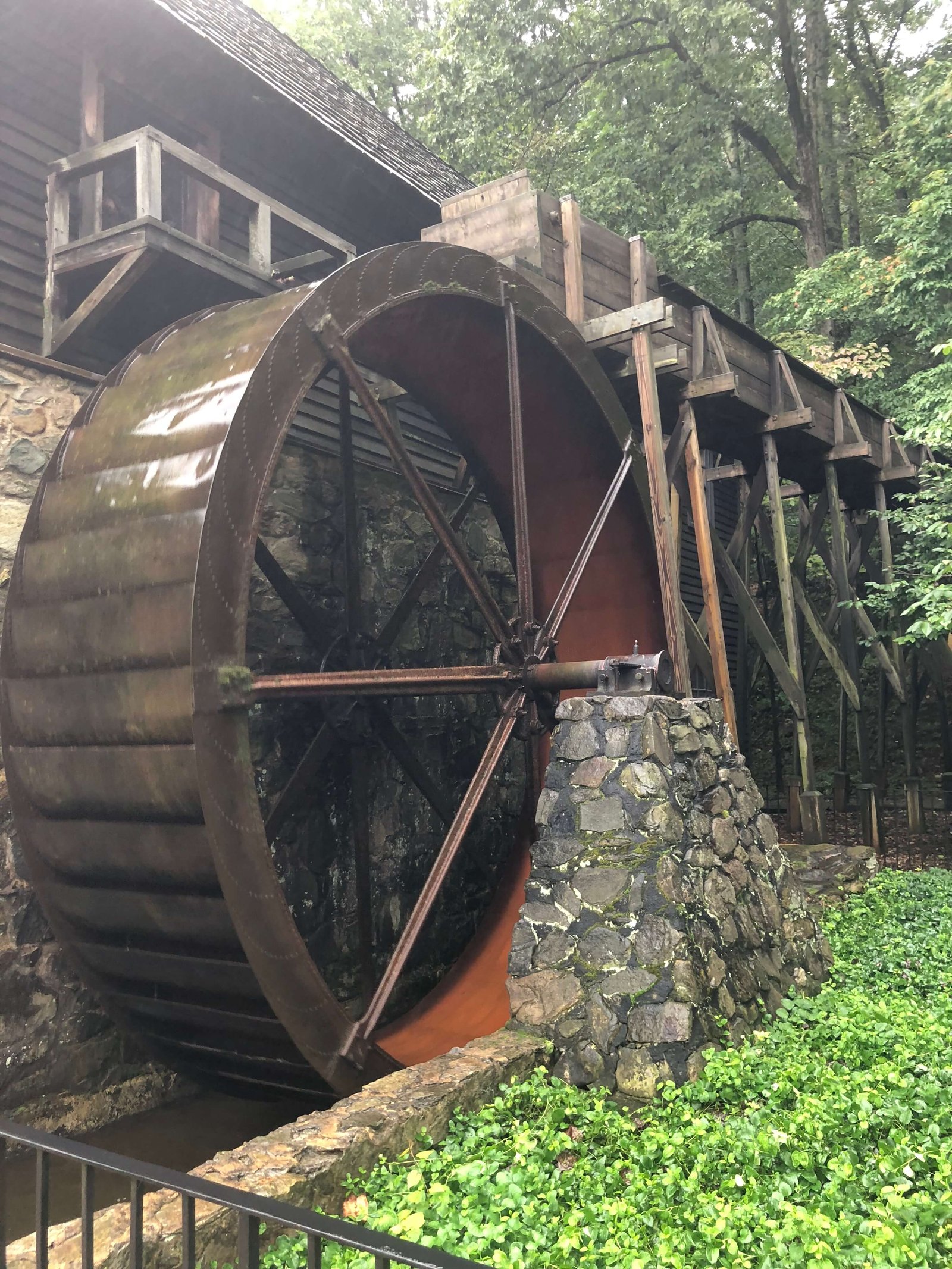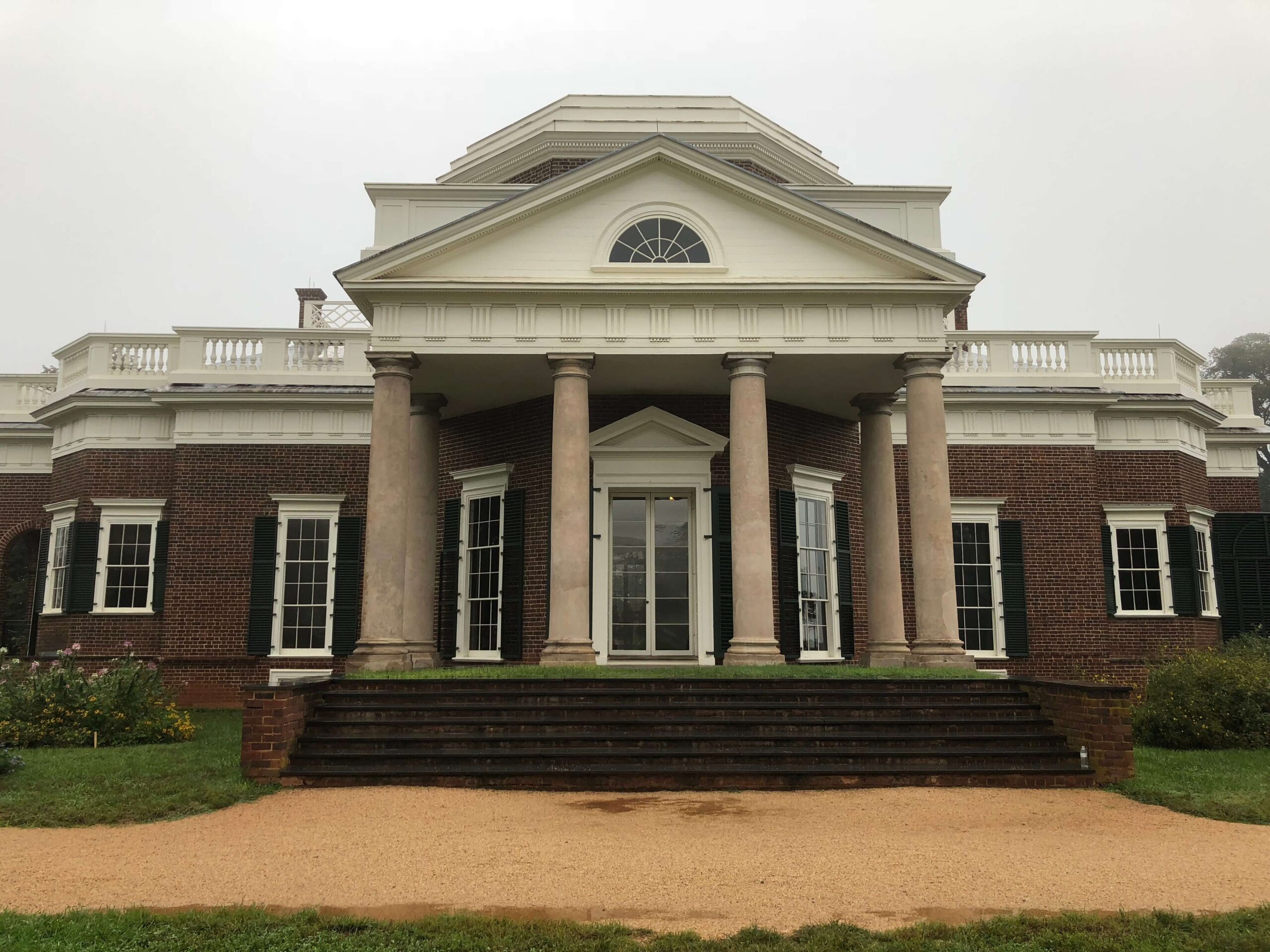Thomas Jefferson was the third President of the United States, a Founding Father, and the author of the Declaration of Independence. He designed his home, Monticello, in Charlottesville, Virginia. I visited on a very rainy day in late September as part of the first leg of my vacation.
Because the day was dismal, I took the guided house tour but skipped the gardens and outbuildings. On the 40-minute standard tour, I got to see the first floor of the house. Unfortunately, I didn’t get to go up into the rotunda, since the deluxe tours were sold out. The Monticello visitors center includes a large shop, café, and two-story gallery focusing on different aspects of Jefferson and Monticello. The bus also stops at Jefferson’s grave site on its was back from the house.
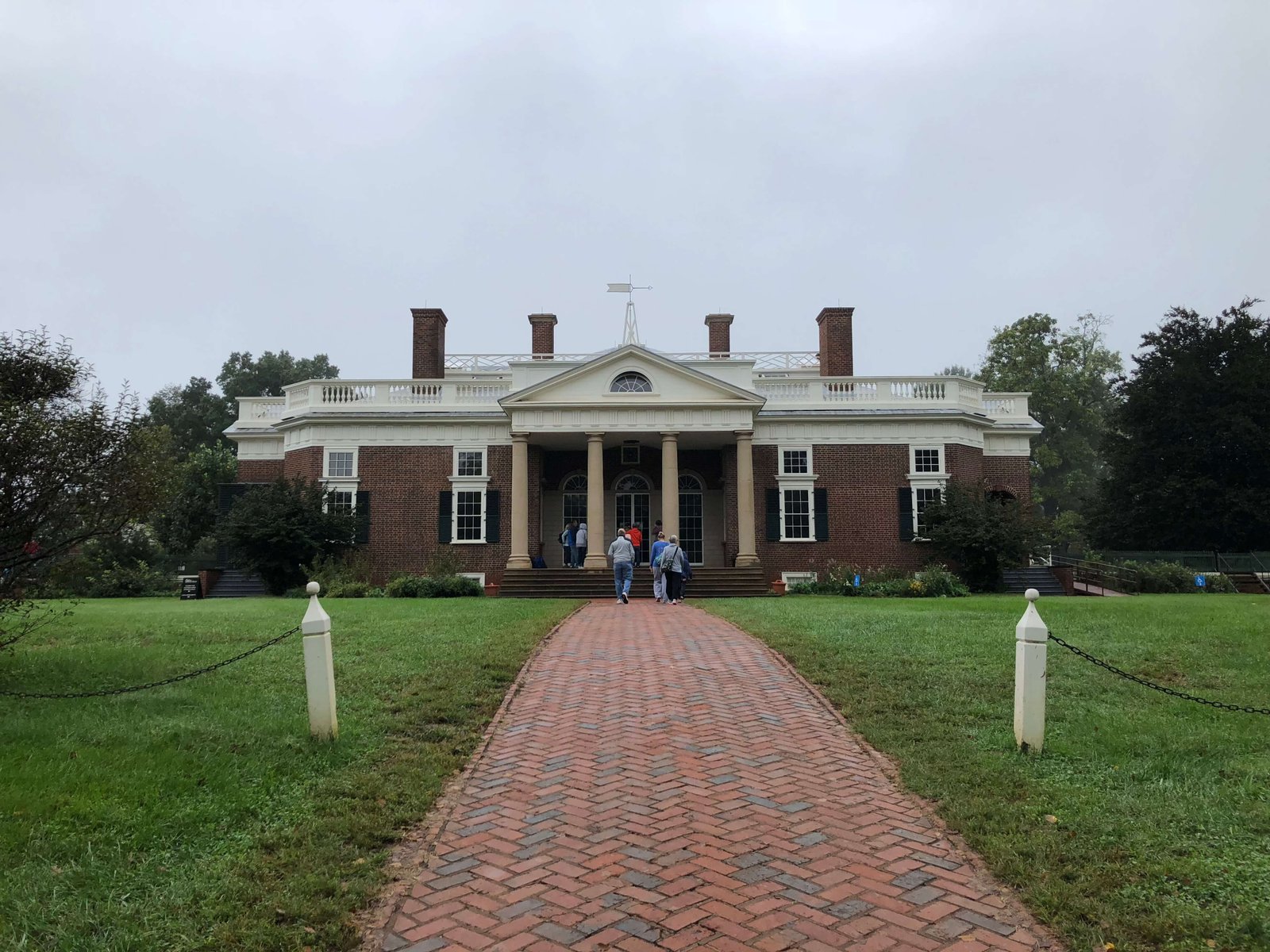
Jefferson’s home was very neat, dignified, and classical – a big contrast to everything else I would see later in my trip. (No photos allowed inside the house. Sorry!) There is a lot of white walls and clean lines, though one room is painted a shocking yellow that was fashionable at the time. There are many portraits of Jefferson hanging in the house, including some by Thomas Sully and Gilbert Stuart. Jefferson loved books and scientific instruments, and many examples of both are on display. Jefferson loved to invent things for his house, like doors that open and close as a pair when you move just one of them. He also imported design ideas he learned in France, like a space-saving bed in the wall. His interior decoration choices were pretty sedate and clearly inspired by classical Greece where democracy was born. In addition to the first floor rooms, I got to see “dependencies” like the kitchen, wine cellar, and ice house on my own.
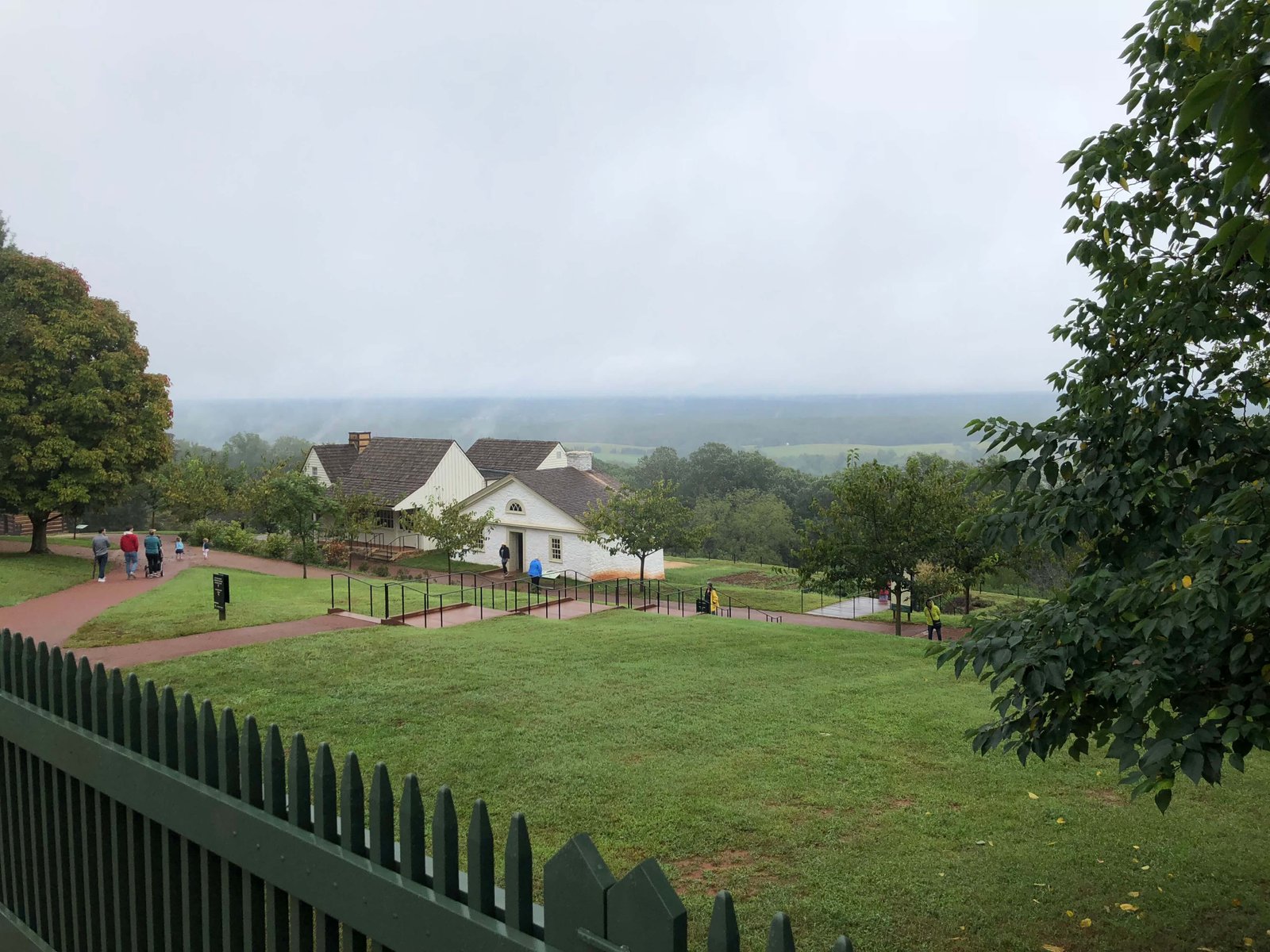
While I was in Charlottesville, I stopped to briefly look at the exterior of the University of Virginia’s Rotunda building. Jefferson founded the university and designed the Rotunda, which is considered to be a significant piece of American architecture. The Rotunda has many similarities to Monticello, and it’s clear what Jefferson’s preferred style of architecture was. Overall, Monticello is elegant but not too elaborate – again, a big contrast to what I would see the next day.
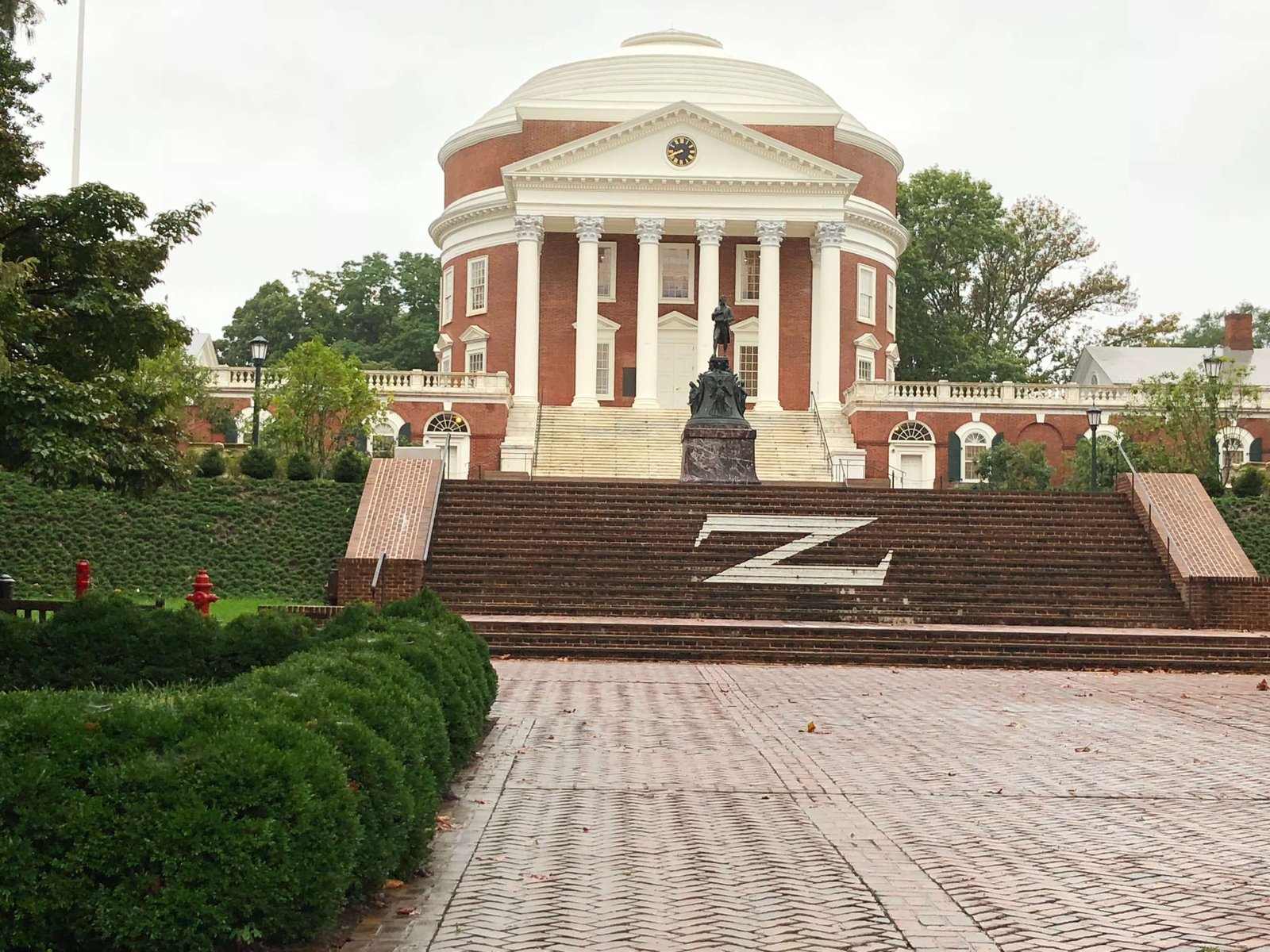
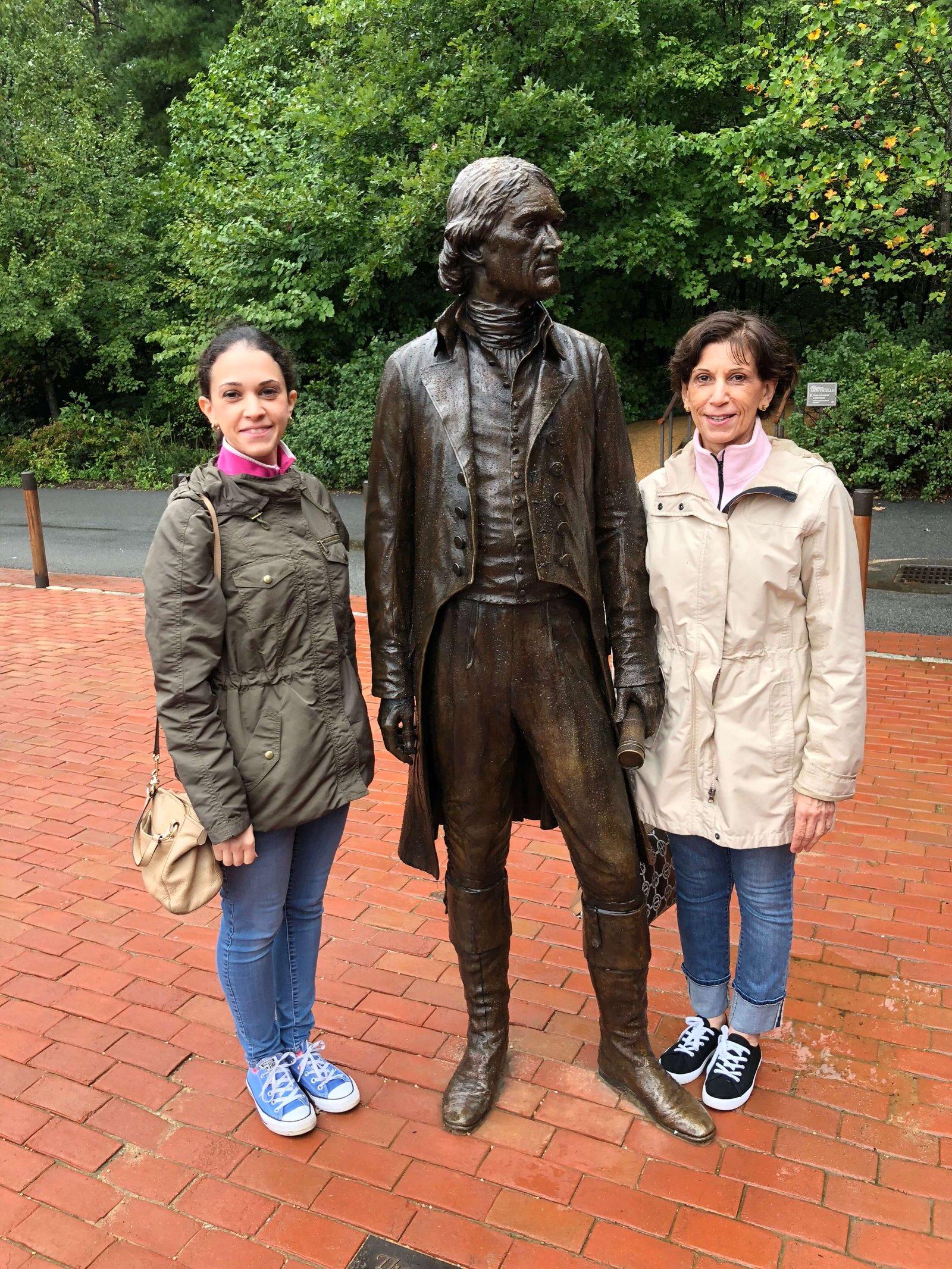
People (especially here in America) tend to know Jefferson as a hero, but Monticello has recently made a big effort to address a less-than-noble aspect of his life. Jefferson owned a lot of slaves. There is a tour of the rebuilt slave’s quarters on the grounds; it’s included in all the ticket packages, but I didn’t have time to experience it because I had to move on to the next phase of my trip. There is also a lot of information now on display about Sally Hemings, who was Jefferson’s slave and also the mother of some of his (unacknowledged in his lifetime) children. It’s definitely confusing and upsetting to learn that Jefferson was so committed to liberty for some people, but not for others. I respect Monticello for presenting the facts of the situation without telling people how they should feel about it.
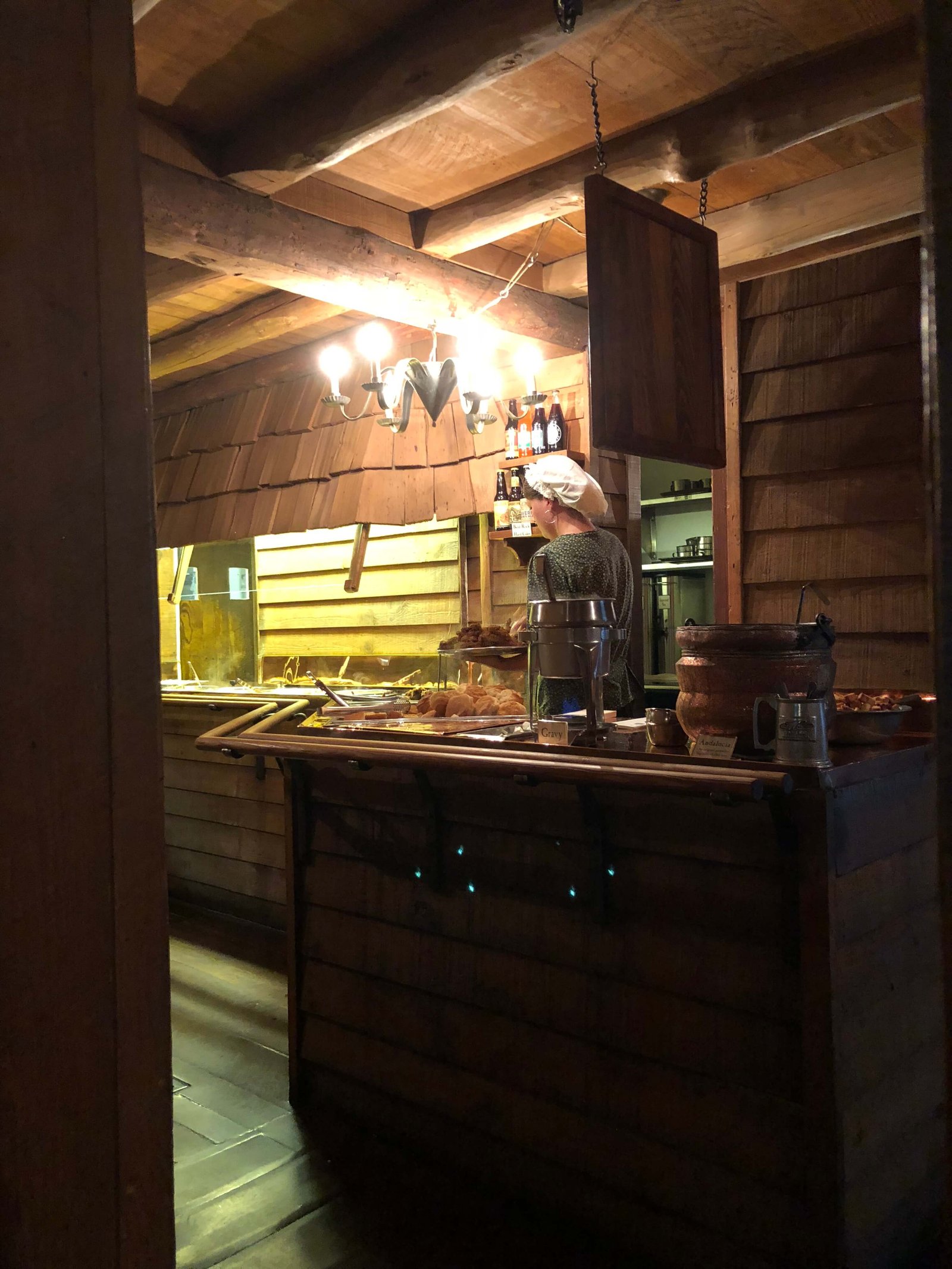
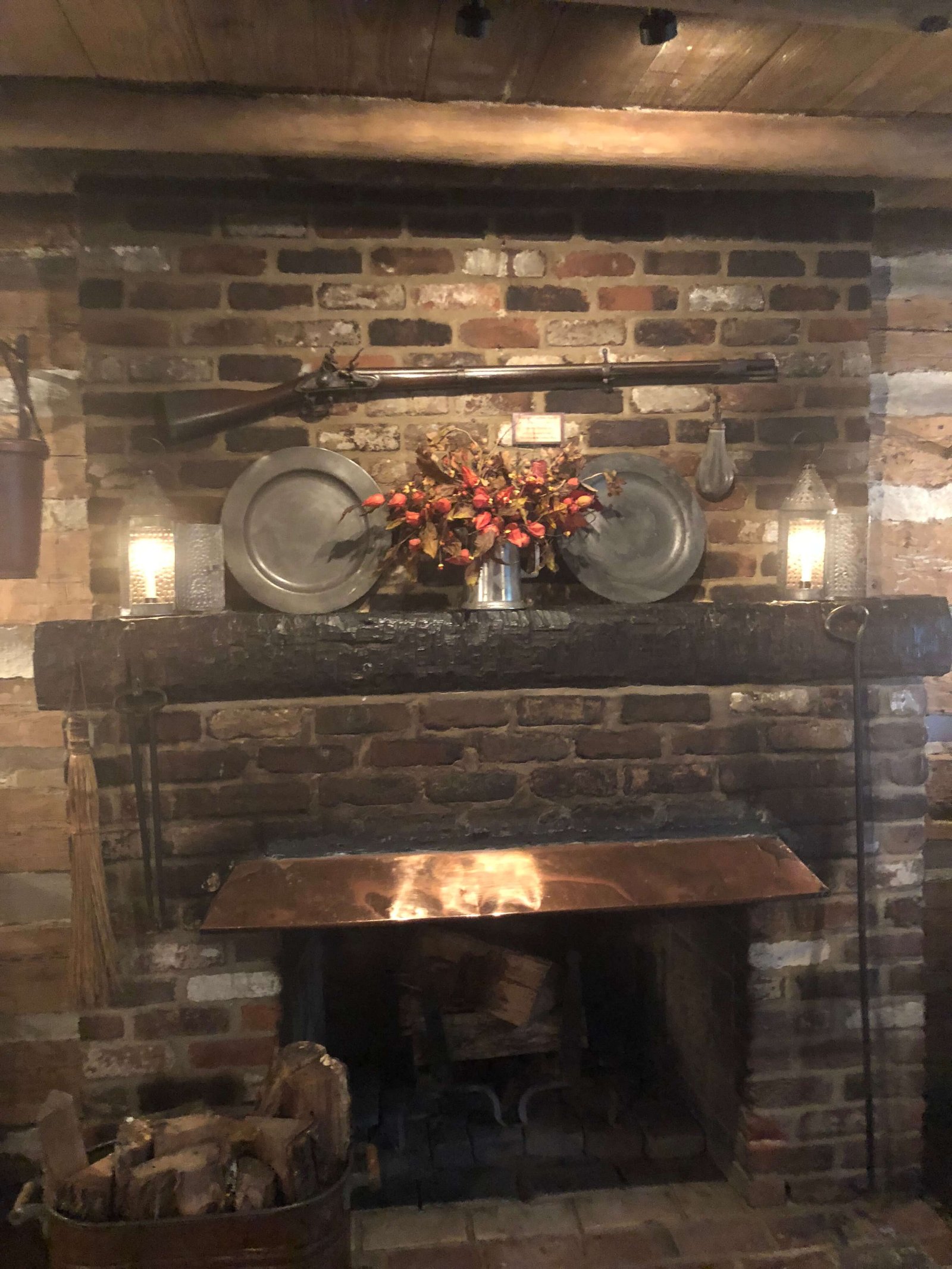
After my tour of Monticello, I enjoyed a fun treat nearby. I had lunch at a restaurant called Michie Tavern, which is a late-18th century building serving what they told me was an authentic, 18th-century Southern hot buffet in its so-called ordinary building. The servers wore period dresses, and we ate off metal plates and cups in simple but cozy rooms. It reminded me of Colonial Williamsburg. The food was really good, and the place was unusual without being over-the-top in presenting its theme. Michie Tavern was relocated to its present site – just down the road from Monticello – in the 20th century. The property also has a lot of other small historic buildings that you can visit. Some are open for tours, while others are shops. All were relocated from original sites nearby. I didn’t have a chance to visit all of them, but I did enjoy the general store. I recommend eating at Michie Tavern if you visit Monticello.
